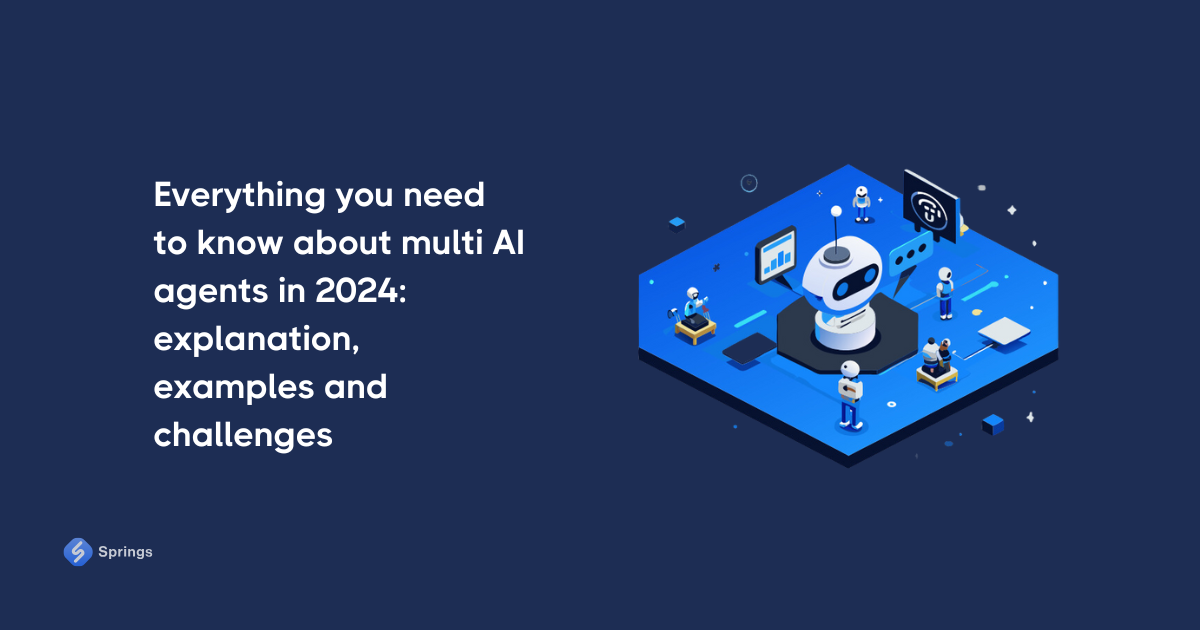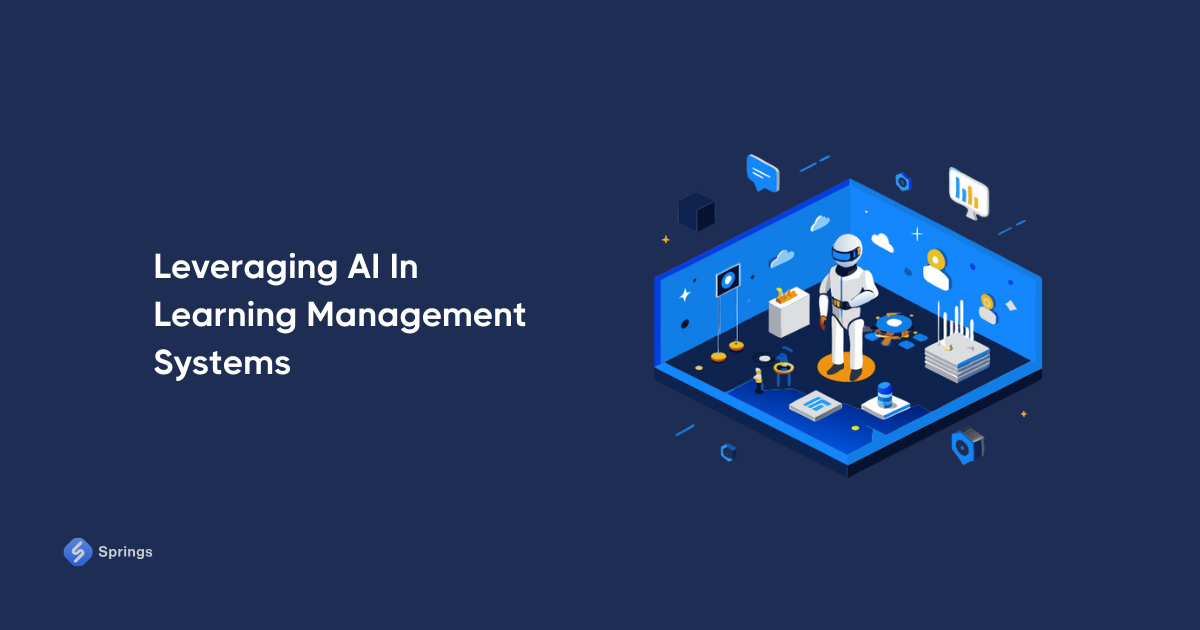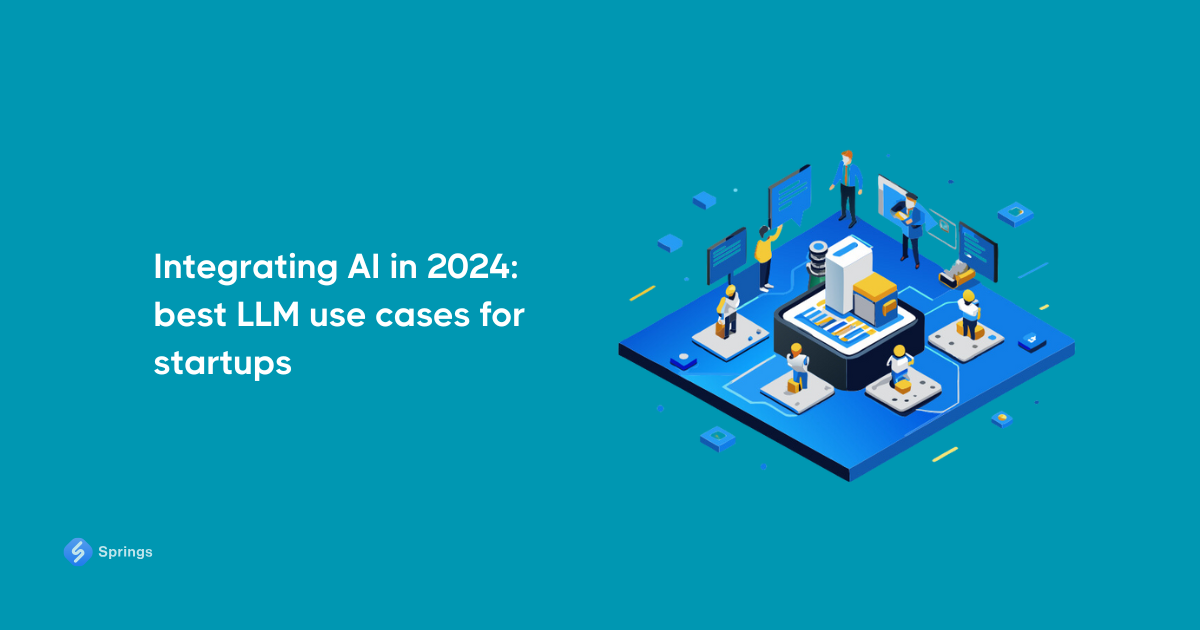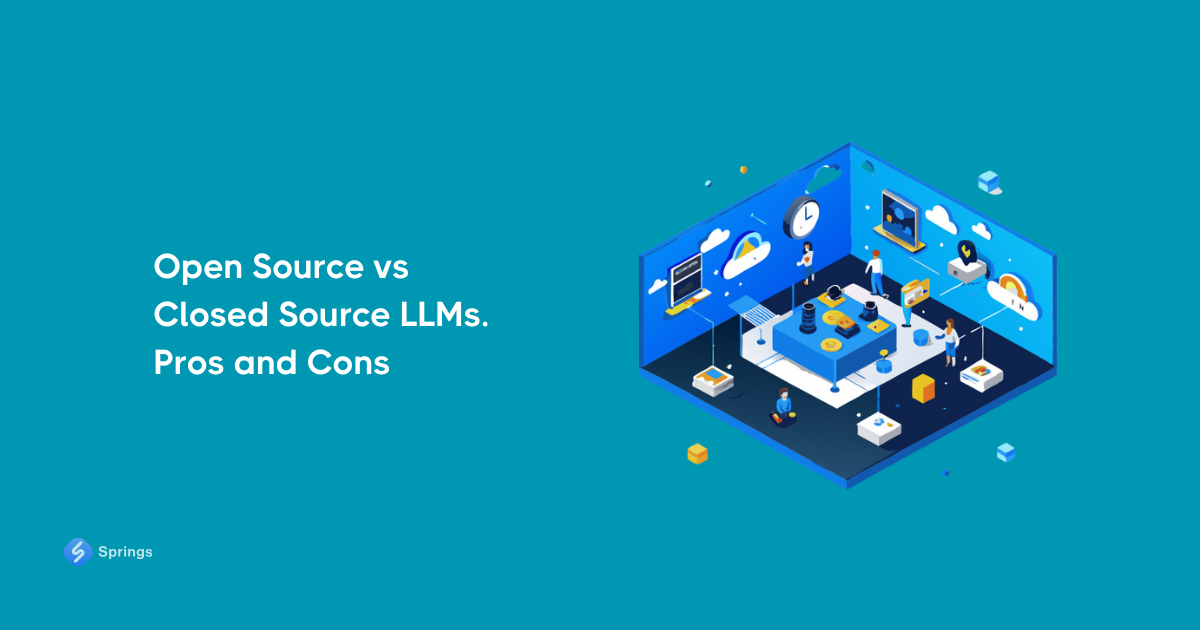How To Choose an OpenAI Alternative LLM in 2024?
The competition among AI developers has never been higher. In 2022, the market for LLMs alone rose to $10.5 billion and is expected to grow to $40.8 billion by 2029. As was the case in the past, OpenAI has a chance to remain one of the frontrunners in this race, leading in investments and use cases with its advanced LLM products.
Companies found ways to integrate GPT to ease content creation, finding and hiring new employees, legal document analysis, onboarding, upskilling, and marketing efforts. While the LLM is extremely capable, there might be better choices for e-commerce, retail, and legal businesses.
It’s one of the main reasons companies search for alternatives to Open AI in text-to-text LLMs. This guide dives deep into this issue, explains the features of alternative LLMs, and provides examples of free and paid GPT alternatives companies should explore before selecting the right combination.
Table Of Contents:
- How To Choose an OpenAI Alternative LLM in 2024?
- Why Companies Look For Alternatives To Open AI?
- Must-Have OpenAI Alternative Features For LLMs
- Best LLM OpenAI Alternatives: Free and Paid
- 1. Claude 2 (Anthropic)
- 2. Cohere (Cohere)
- 3. Falcon (Technology Innovation Institute)
- 4. Guanaco (Guanaco)
- 5. LLaMA 2 (Meta)
- 6. Mistral (Mistral AI)
- 7. MPT-30B
- 8. Orca (Microsoft)
- 9. PaLM 2 (Google)
- 10. StableLM (Stability AI)
- Final Thoughts
Why Companies Look For Alternatives To Open AI?
Each business has reasons why the GPT lineup of large language models might not be optimal for their organization. The most common of them include:
Implementation costs. Smaller and medium-sized organizations don’t have the funds to enhance their products with this LLM, especially regarding training and computational costs. This is without paying the $20/month fee on ChatGPT Plus subscription.
High computational resources. GPT products require a lot of processing power to work. This urges companies to find solutions that require fewer resources and perform required tasks. These are found in many OpenAI alternatives free of charge and with an open source.
Limited capabilities. To optimize daily operations, companies combine several LLMs for maximum effect. They use one component to forecast profits and another to summarize documents or make content.
Regulatory compliance. An organization may need an LLM that works following the guidelines on using and storing information. Alternatives can better align with these requirements and help organizations avoid legal problems.
Security issues. Since OpenAI’s LLM gathers fast amounts of company data, organizations may be reluctant to share this information. As such, they require models with additional control over training data and other security measures.
Must-Have OpenAI Alternative Features
Many models work the same way as the GPT lineup. Companies should look for particular features when researching them before deciding on specific use cases and requirements for certain organizations.
Adaptability. Great examples of OpenAI product alternatives handle specific tasks through fine-tuning. The LLM must adapt to the organization's terminology and content styles.
Cost of use. When searching for GPT alternatives, carefully study the licensing terms and prices. Some LLMs are free for all purposes, while others require usage-based payments or subscriptions.
Learning through feedback. Advanced large language models adjust their responses by getting user feedback. These corrections improve the accuracy of LLMs over time.
Multi-turn conversations. Any alternative to OpenAI LLM must have this feature to make interactions more dynamic. Like GPT, it must talk to users like a real-life professional.
Privacy. Large language models work with tons of personal information. As such, they must have excellent security features to keep data safe and out of reach of hackers.
Retention. An LLM should be able to follow the context of conversations without losing their thread. The ability to handle multiple users and understand what they need are signs of an excellent replacement for GPT.
Scalability. Good large language models that take on OpenAI’s solution evolve with the organization while offering consistent performance.
Support. Lastly, the LLM makers should offer assistance if anything goes wrong with the product. Check for a support system and a community of users. This way, it will be possible to address issues on time.
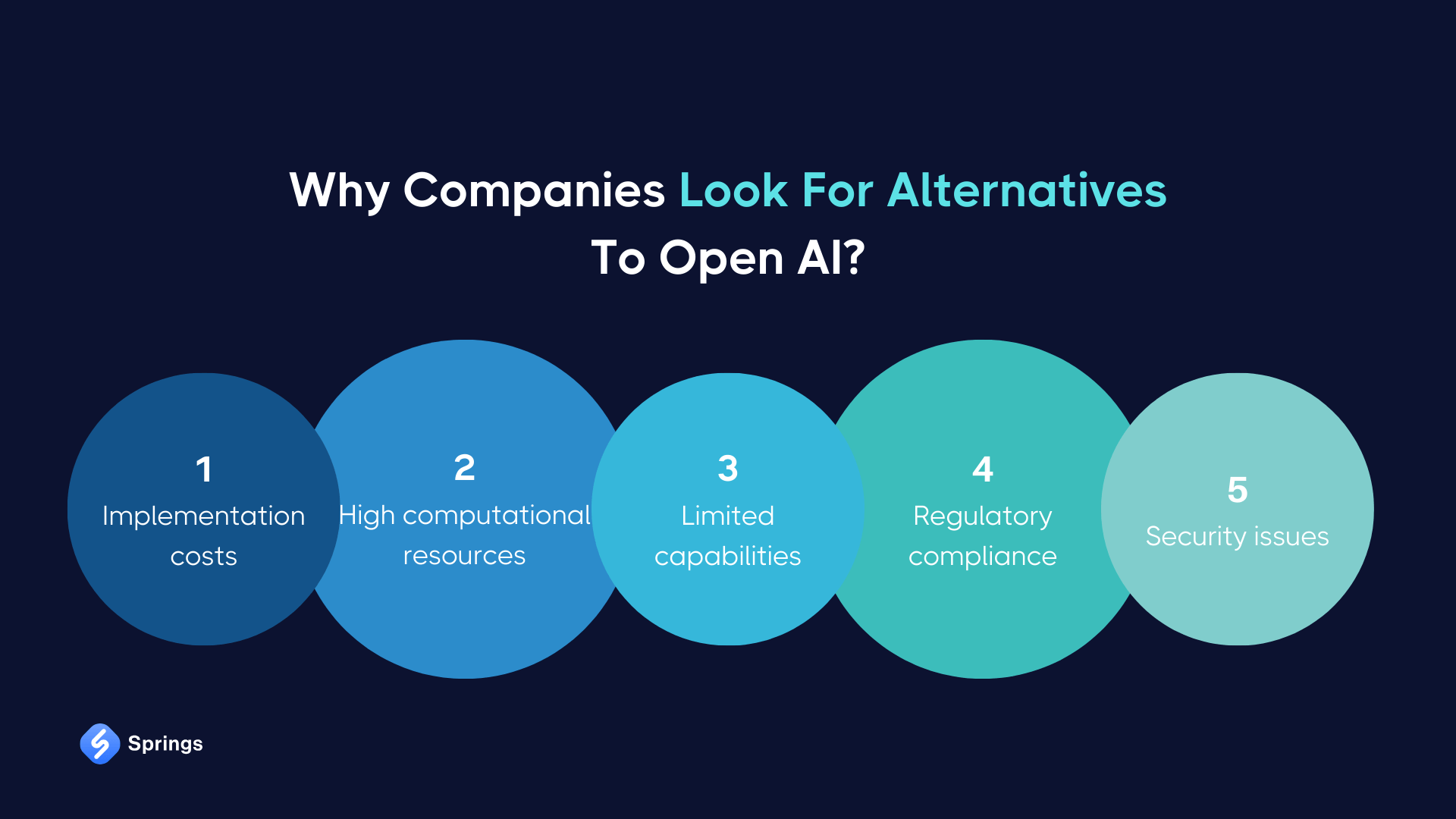
Best OpenAI Alternatives: Free And Paid
Claude 2 (Anthropic)
Released in the summer of 2023, the next version of Antropic’s LLM offers several improvements over its predecessor. Claude 2 gives more accurate and extended responses and supports API integration. Businesses add it to existing pieces of software to provide helpful, harmless, and precise answers to customers and generate high-quality content.
In addition to writing engaging marketing content and blog posts, the tool eases the documentation process. Companies use Claude 2 to write letters and memos, summarize files, compare them, and forecast industry trends. Anthropic offers the power of Claude 2 for $11.02 per 1 million tokens, making it an excellent choice for businesses with high AI demands.
Cohere (Cohere)
Developed by former Google employees, the Cohere LLM is one of the best alternatives to Open AI’s model. Its creators made a tool specifically for generative AI use for corporations and enterprises. This model comes in different sizes, with the smallest working with 6 billion parameters and the largest having 52 billion.
Cohere has some of the highest scores among the models in terms of accuracy. Companies like Jasper, HyperWrite, and Spotify use this LLM to enhance users' experience. While Cohere shows excellent results, it's a pricy model, charging $15 per 1 million tokens.
Falcon (Technology Innovation Institute)
Experts from Dubai’s Technology Innovation Institute develop Open AI alternatives that are free and open-sourced. Falcon is an autoregressive model trained on vast volumes of code and text from different languages and dialects. Thanks to its advanced architecture, the model handles data processing and prediction more effectively.
Using Falcon in business opens new automation opportunities. This LLM helps them enter new markets and successfully communicate with international clients thanks to multilingual support. TII’s model can also create a unique marketing experience for customers and potential partners.
Guanaco (Guanaco)
This open-source LLM is based on Meta’s LLaMA solution. The model performs well and is more efficient than decoder-only alternatives like GPT-3 and GPT-4. It requires fewer resources for output generation and produces more accurate results. Guanaco has four versions: 7 billion, 13 billion, 33 billion, and 65 billion parameters.
The large language model supports several languages, including Japanese, German, German, and Chinese. Its latest version holds extensive conversations with users, avoids erroneous responses, or rejects answering questions it doesn’t have answers to. Guanaco also analyzes uploaded images and provides textual information about their content.
LLAMA 2 (Meta)
Mark Zuckerberg’s Meta made the new version of its LLM available last year for free research and commercial use. LLaMA is under development but already demonstrates good results with reading, natural language comprehension, and performing various tasks. While Meta developed the LLM to enhance educational applications, it has many uses in the business world.
Companies add LLaMA 2 to improve user experience and product sales. The large language model helps better analyze the market, improve customer service, and generate engaging content. Additionally, it's possible to use Meta’s LLM to train employees and improve their skills.
Mistral (Mistral AI)
The French company Mistral AI developed this alternative to OpenAI’s GPT. The model is smaller than other alternatives to OpenAI’s GPT (7 billion parameters) but has the same computational capabilities. They allow Mistral to produce text output faster and use fewer resources.
The model offers the same perks as Meta’s LLaMA regarding business benefits. It handles various language-related tasks, streamlining text summarization, generation, analysis, and classification. These features make it indispensable for content, customer support, and analytical tasks.
MPT-30B (Mosaic LM)
This player in the LLM market combines the capabilities of Camel-AI, GPTeacher, ShareGPT, and Baize to outperform many of its rivals. MPT-30B allows programmers to fine-tune the LLM for specific needs or train it from scratch. The computational capabilities of MPT-30B rival those of GPT-3, LLaMa, and Falcon.
The LLM product at Mosaic LM shows better reasoning, reading capabilities, and language comprehension. It has a large context window and produces up to 7000 words of output per request. MPT-30B uses various sources, such as Wikipedia and Semantic Scholar, as its sources of information.
Orca (Microsoft)
This LLM developed by Microsoft’s researchers uses progressive learning to improve itself using information from other LLMs. In this process, larger models serve as teachers, and Orca is the student that mimics their behavior. The alternative to OpenAI’s family shows how open-sourced models compete successfully with their closed counterparts.
PaLM 2 (Google)
This Google-developed model fuels the corporation’s Bard AI conversational tool. It’s considered one of the top OpenAI rivals in 2024. The LLM boasts excellent results in logic, reasoning, knowledge of riddles, idioms, and nuanced texts in various languages.
These qualities let PaLM 2 successfully compete with GPT’s latest version. The LLM has instant responses and offers three answers to each question. Google’s LLM also solves mathematical problems and is versatile in over 20 programming languages, making PaLM 2 an excellent developer helper.
StableLM (Stability AI)
Stability AI’s LLM comes in different sizes (from 7 to 175 billion parameters). While the company focuses on image generation with Stable Diffusion, its text model shows great promise. Its StableLM product works with various text sources and demonstrates deep language comprehension and interpretation capabilities.
Stable AI performs various language-related tasks, including sentiment analysis and text summarization. The large language model is equally scalable, allowing it to adapt to increasing workloads and a growing user bases.
Final Thoughts
OpenAI’s GPT family is one of a kind due to the sheer volume of information used in training its large language models. Despite this, LLMs in our guide present a viable alternative to its capabilities and even surpass them in some areas. It all comes down to what your company needs an LLM for and whether it can afford to pay for its use.

